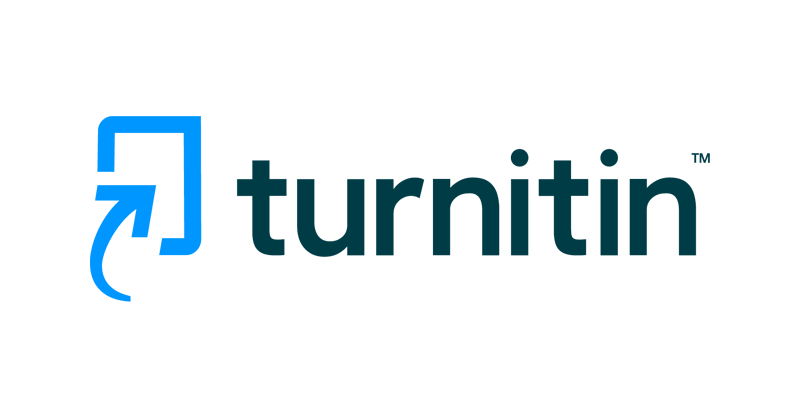The Effect of Ensemble Averaging Method on Rainfall Forecasting in Jakarta Using ARIMA and ARIMAX
DOI:
https://doi.org/10.31943/mathline.v9i2.608Keywords:
ARIMA, ARIMAX, Ensemble Averaging, RainfallAbstract
This research discusses rainfall modeling using ARIMA and ARIMAX models in Jakarta. This is important because rainfall forecasting in Jakarta has a significant impact on flooding and infrastructure. The focus of this research is on significant ARIMA and ARIMAX models, which are then subtotaled using ensemble averaging. Humidity and temperature variables are of particular interest in ARIMAX modeling due to their high correlation with rainfall. This quantitative research uses secondary data analysis from Tanjung Priok and Kemayoran Stations through the BMKG website, from July 2018 to June 2023. Cuanbet88 merupakan salah satu portal link slot gacor 777 resmi untuk generasi muda, cukup dengan situs slot777 pasti gampang menang 2025. The results obtained at Tanjung Priok Station there are five significant ARIMA models and three significant ARIMAX models. While at Kemayoran Station there are 6 significant ARIMA models and two significant ARIMAX models. After using the ensemble averaging method on both ARIMA and ARIMAX models, the resulting SMAPE value is not better than the best ARIMA or ARIMAX models at both stations. Of all the models performed, the best model in forecasting with the smallest SMAPE is ARIMAX (0,0,1) at Tanjung Priok Station which is 37.83% and at Kemayoran Station which is 27.59%. This research provides new insights and significant contributions in understanding and developing rainfall forecasting in Jakarta using the ensemble averaging method.
Downloads
Downloads
Published
How to Cite
Issue
Section
License
Copyright (c) 2024 Mahmudi Mahmudi, Afnenda Rachmalia Hidayat, Madona Yunita Wijaya

This work is licensed under a Creative Commons Attribution-ShareAlike 4.0 International License.














